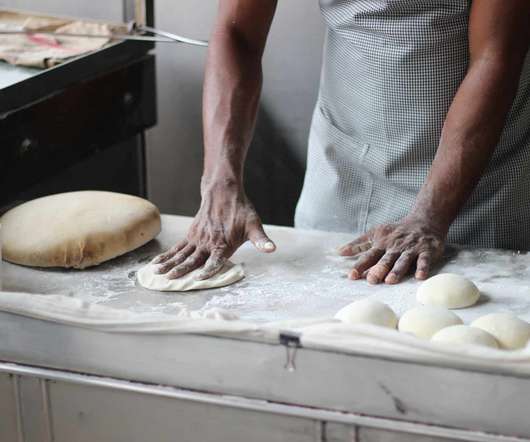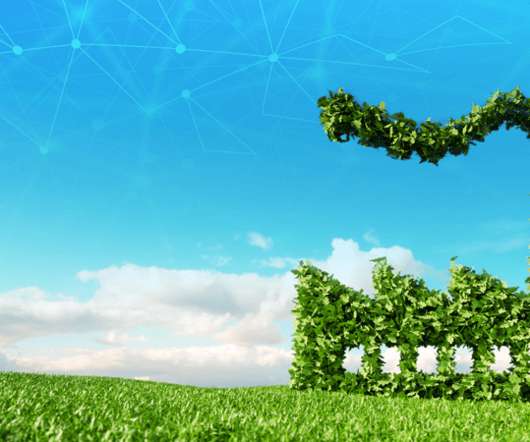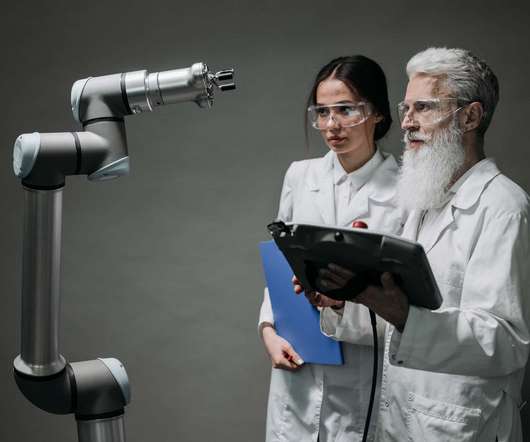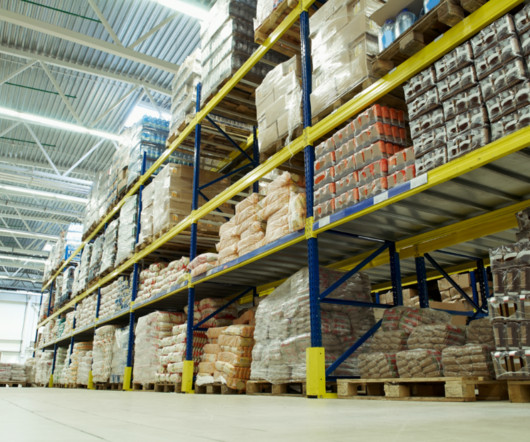Sustainable Food Waste Management for Food Industry SMEs
Unleashed
JULY 25, 2021
Over a third of the world’s food produce and products are wasted. Food waste accounts for eight percent of global greenhouse gases and has significant environmental and economic impacts. According to the UN’s Food and Agriculture Organization 1.3 billion tonnes of food – over $9 billion worth – goes to waste each year.



















Let's personalize your content